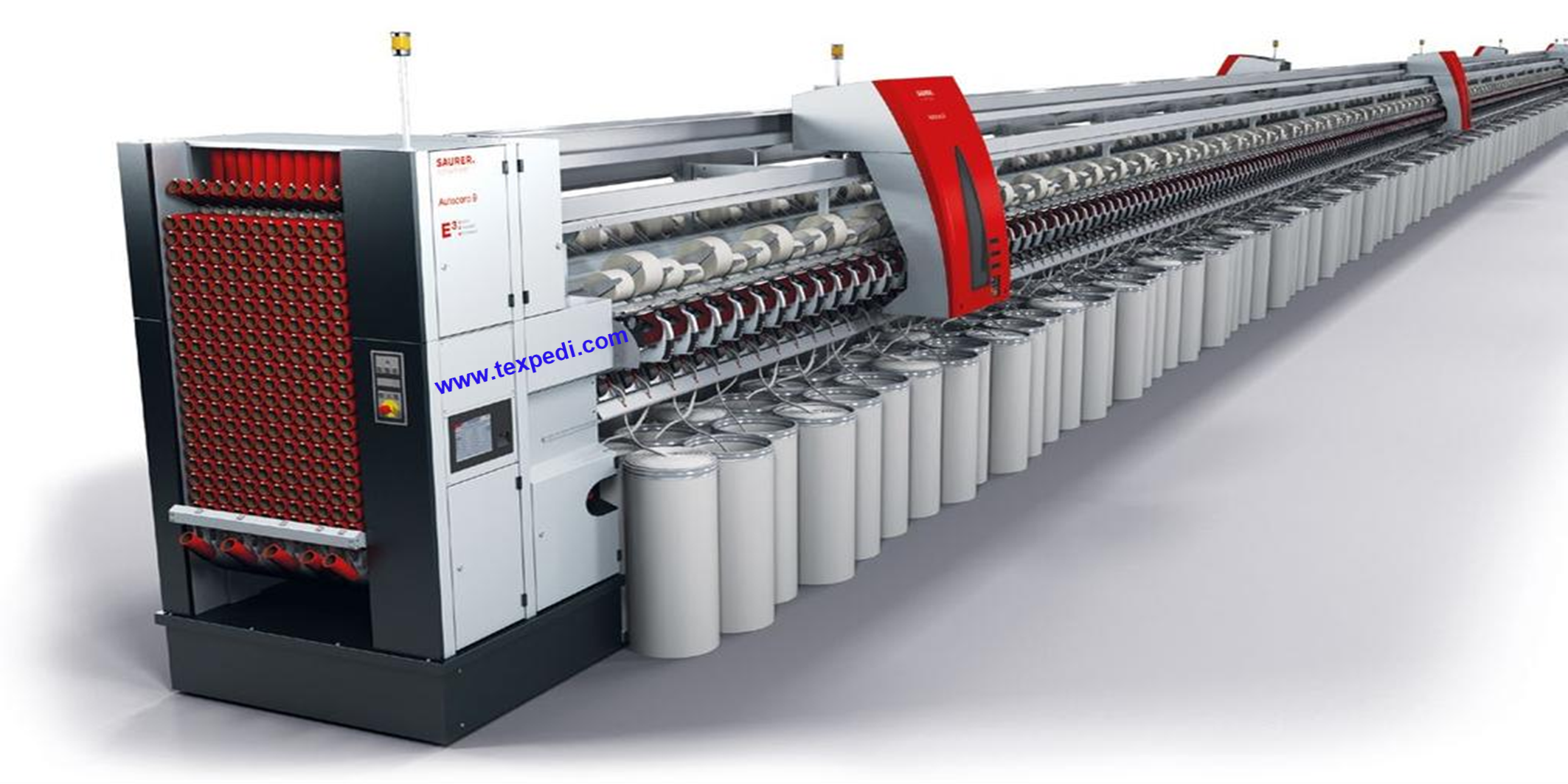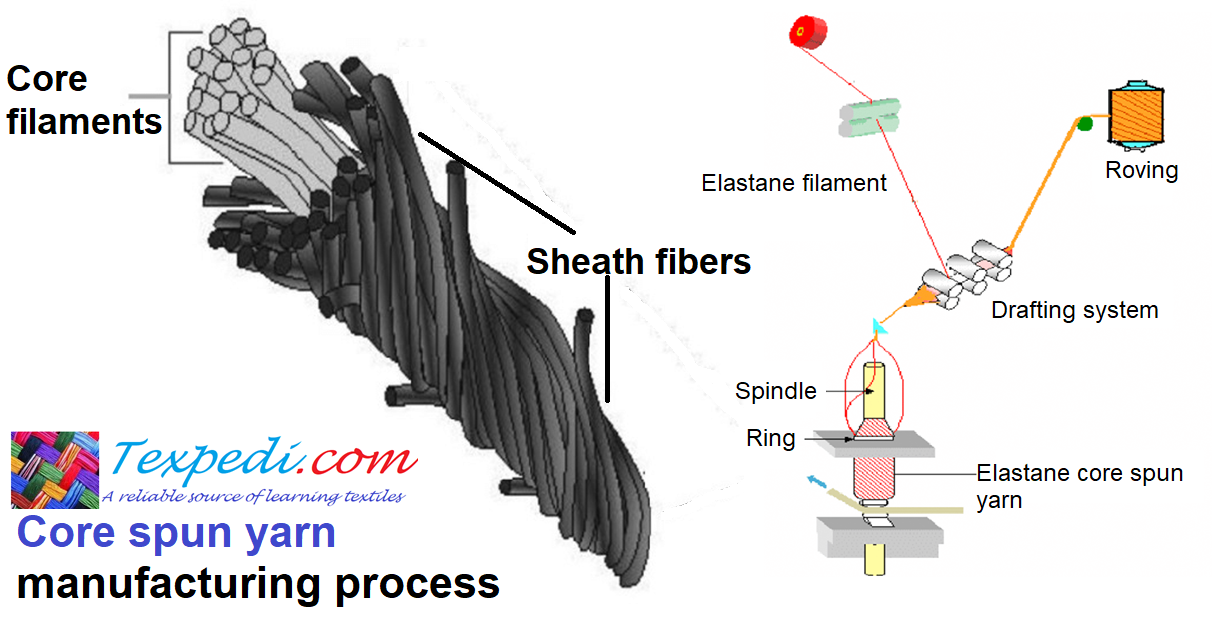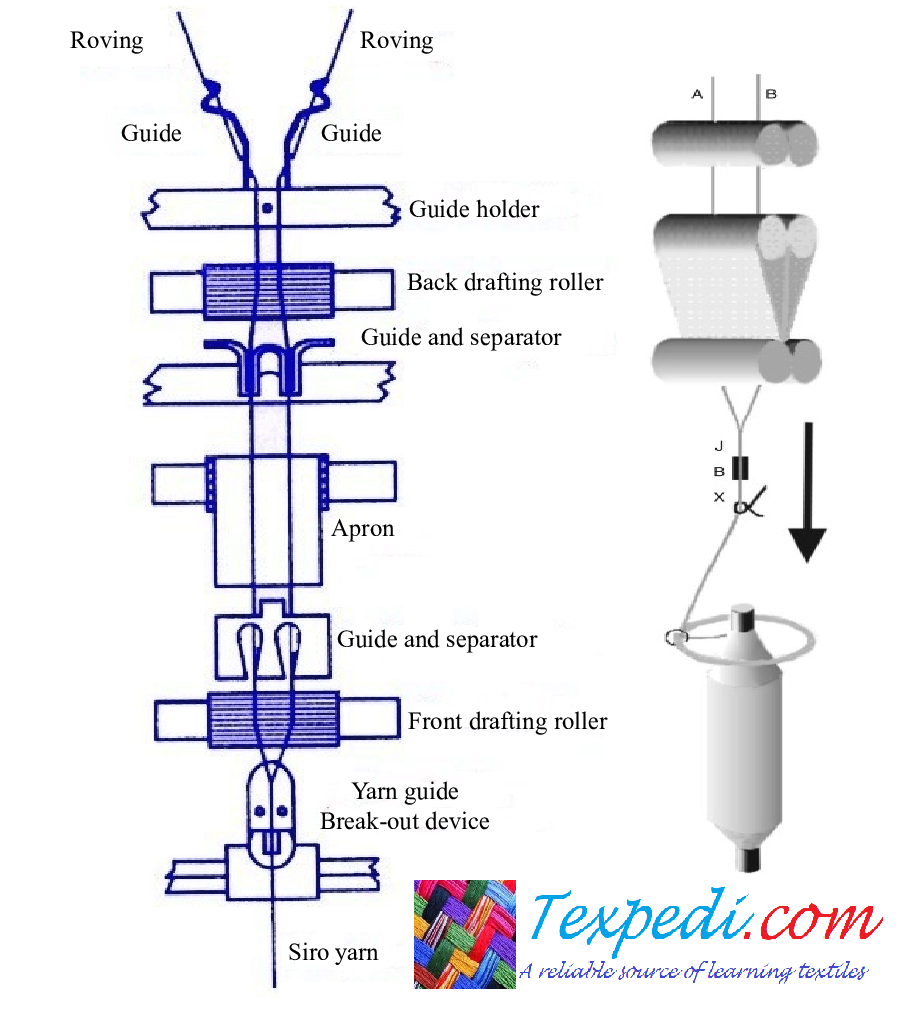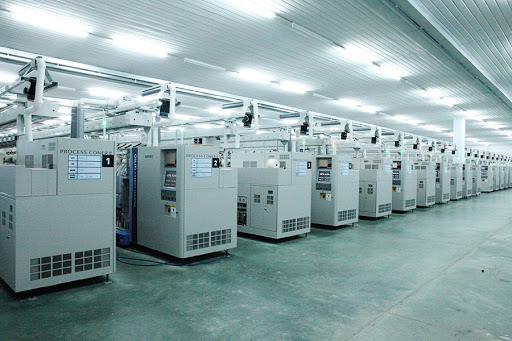Fibre is the foundation of all textile products. To achieve the target fabric specifications, we must begin with the appropriate fibre properties. Different fibre properties have a significant influence on yarn as well as fabric quality. Let’s have a look as below-
Fibre Quality |
Definition |
Yarn Impacts |
Fabric Impacts |
Micronaire value |
The fineness and maturity of the fibre |
Evenness/imperfections, spinning efficiency, strength etc. |
Dye-ability, white specs, appearance, strength, etc. |
Staple length |
The length of the fibre reported as the average length of the longer one-half of the fibre (upper half mean length). |
Evenness/imperfections, spinning efficiency, strength, hairiness, etc. |
Appearance, strength, pilling, etc. |
Length uniformity |
The length variation of the fibres and the best indicator of short fibre content. |
Evenness/imperfections, spinning efficiency, strength, hairiness, etc. |
Appearance, strength, pilling, etc. |
Strength |
The amount of force required to break a bundle of fibre. |
Spinning efficiency, strength, etc. |
Strength |
Colour grade |
The fibre reflectance and yellowness of the fibre. |
– |
Dye-ability and appearance. |
Trash grade |
The amount of leaf, plant, and other non-lint material in the cotton fibre. |
Spinning efficiency |
Dye-ability, white specs and appearance, etc. |
Texpedi.com
Check out these related articles:







